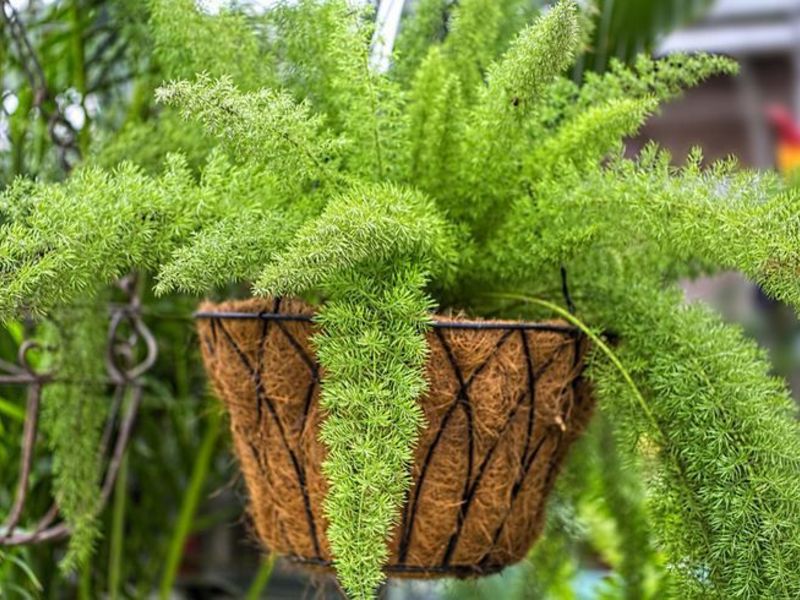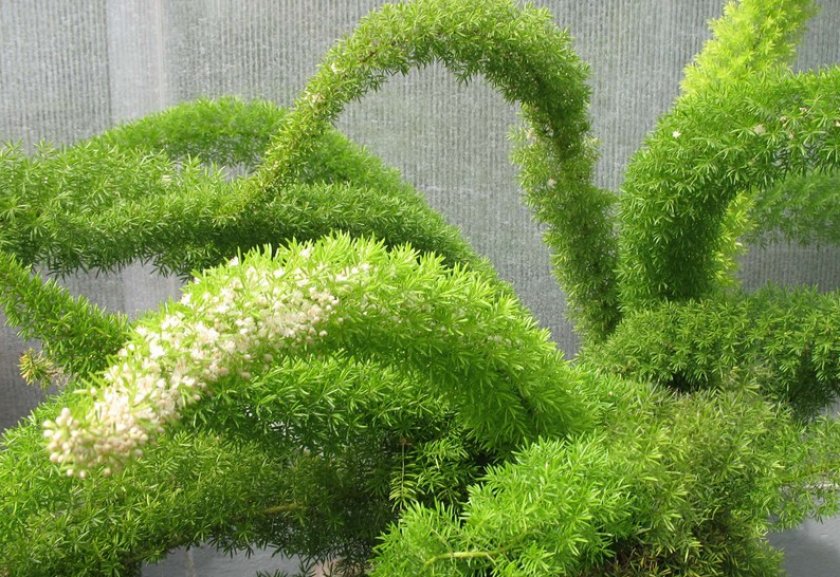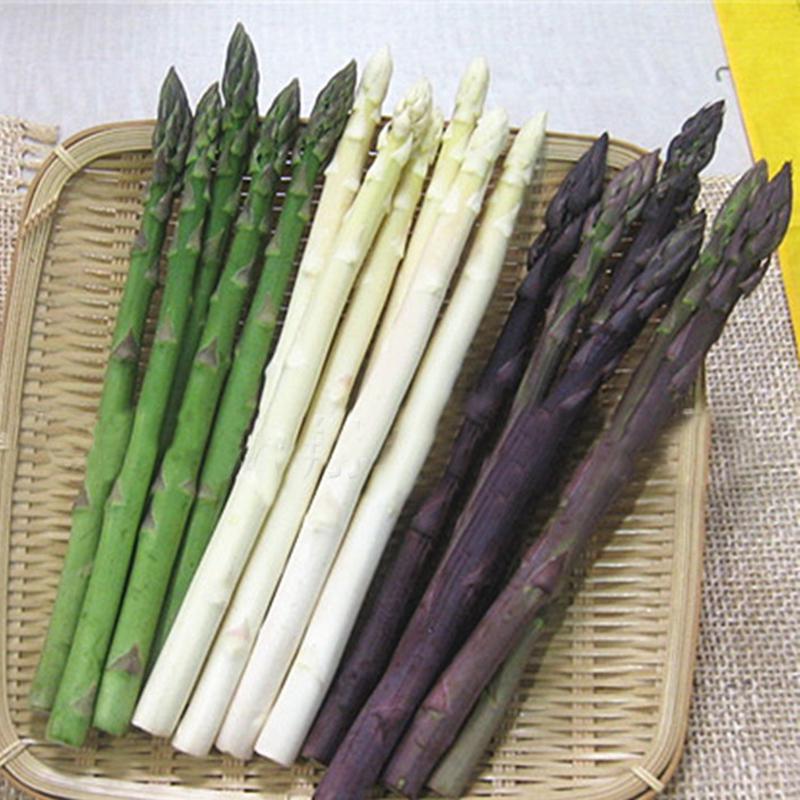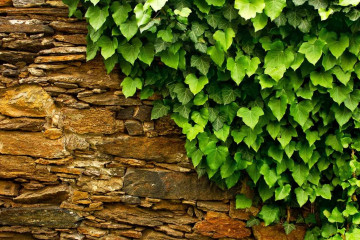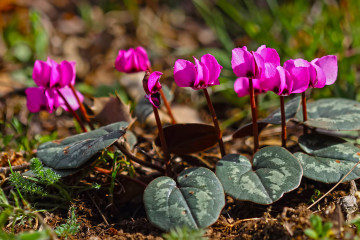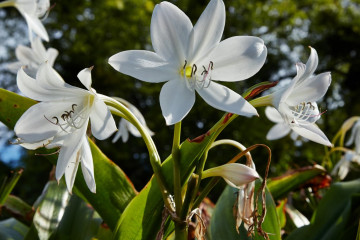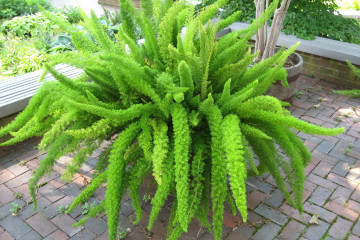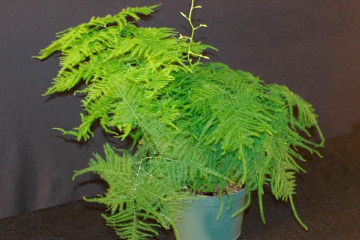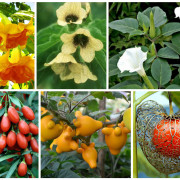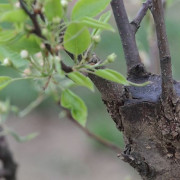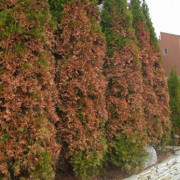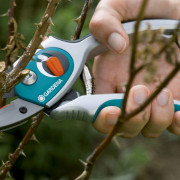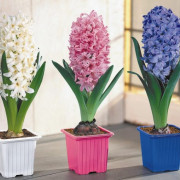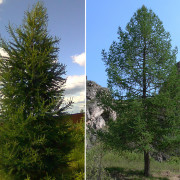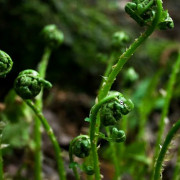Asparagus garden and wild - how edible asparagus winters
Content:
Asparagus is a prominent representative of the Asparagus family, which has recently been singled out as a separate genus of Asparagus. This plant is successfully grown in garden conditions. Some of its types are used in cooking.
From the history of appearance
The history of asparagus cultivation is more than three thousand years old. The Egyptians considered asparagus divine and were firmly convinced that the plant had a very strong effect on the continuation of the human race.
The ancient Greeks even put asparagus sprouts in bed for newlyweds so that they could conceive a child as soon as possible.
In the days of Ancient Rome, the plant ceased to be used exclusively as a ritual attribute and began to be actively used for food. For a long time, the vegetable was not available to commoners and was served only at the table of the Roman emperor. When the product came to Europe in the 15th century, it was also inaccessible to mere mortals for a long time.
How asparagus winters
Since the culture comes from tropical regions with a humid climate, many are quite logically interested in the question of how asparagus winters. Despite its southern roots, garden asparagus is able to perfectly withstand the harsh Russian winters. In autumn, the plant loses its green stems in order to revive again in spring from sufficiently powerful and healthy rhizomes.
What does a plant look like
The shrub is completely covered with needle-shaped branches, which give it a decorative look. Its flowers are nothing special - they are medium-sized and rather inconspicuous. Asparagus asparagus can grow up to one and a half meters. The culture is characterized by a developed root system with horizontal rhizomes. The fruit looks like a berry with several large seeds inside.
Common varieties
There are over 300 species of wild asparagus. Not all of them are suitable for planting at home or garden. The following plant varieties are optimal for planting in an apartment.
Asparagus Meyer
This is a fairly compact shrub found in wildlife throughout Asia. The height of the plant is no more than half a meter. Such asparagus, when grown, grows very well in width, since it differs in branching.
Asparagus pinnate
Another evergreen perennial that will feel comfortable on the windowsill in an apartment has beautiful curly twigs. Its leaves in appearance most of all resemble miniature scales. The stems are curved and grow in bunches. The leaves of the variety are feathery white, very small.
Asparagus crescent
The crescent-shaped asparagus is a vine that, with proper care, can grow up to 7 meters in length.The plant has lignified branches with small thorns, by means of which it clings to the supports and stretches towards the sunlight.
In addition, there are asparagus varieties that are suitable for planting and growing outdoors. They can be safely planted in greenhouses, conservatories, vegetable gardens and in personal plots. The main garden types of culture include the following varieties.
Medicinal Asparagus (Asparagus officinalis)
Medicinal asparagus is a dioecious herbaceous biennial plant that grows on average up to one and a half meters in height. It has straight stems covered with numerous cladodes. The leaves of the plant are elongated, have small scales. The flowers are white, with elongated legs.
White asparagus
The cultivation of white asparagus in the country is especially active. This is an evergreen perennial shrub. This variety is not only a valuable source of medicinal raw materials, but also finds wide application in cooking.
The plant grows up to a height of about two meters, has many needle-like processes and is distinguished by a strong root system, which forms growth buds.
Green asparagus
Another edible asparagus is green asparagus. The shrub is a branched perennial with small and underdeveloped leaves. Flowers are small too. For cooking, crop sprouts are used.
Cooking use
Having figured out that asparagus and asparagus are always the same plant, you should familiarize yourself with how the plant is used correctly to prepare various dishes.
Asparagus is distinguished by its excellent taste, therefore it finds the widest application in the field of culinary. It is used in food both raw and cooked. The plant can be boiled, fried, baked and canned. The green variety is used more often for cooking. The easiest way to cook is from young shoots. They do not need to be skinned. In addition, they require a minimum amount of time to bake them. If we talk about white asparagus how to cook, the vegetable requires preliminary preparation before being used in the cooking process. It must be thoroughly rinsed in cold water and cut off all dense bases.
Many people don't buy asparagus without knowing how to prepare it. Asparagus goes well with any vegetables, fish, poultry, meat, cheese, can be used as a side dish or as a main dish.
Planting and care in the open field
To grow an asparagus shrub in your country house, it should be provided with proper care. The plant should be watered regularly, periodically spud when winter starts approaching, fertilized and mulched to prevent freezing of the root system.
When growing a crop, special attention should be paid to the soil and top dressing.
The soil for asparagus should be a mixture of the following:
- garden land (two parts);
- humus (one part);
- sand (one piece).
If the planting is not done in open ground, but in a pot on the windowsill, you can buy a ready-made universal substrate for indoor flowers with the addition of perlite.
It is recommended to feed the culture in summer and spring. At rest, fertilizers are not particularly required for the plant. It is recommended to use a universal product diluted in the proportions recommended by the manufacturer. Nitrogen fertilizing should not be abused. They should be used only during the period of the most active growth of greenery.
Reproduction of asparagus
The shrub is propagated mainly by seeds or by dividing rhizomes.
Germinating seeds
Germinating seeds involves the following steps:
- The soil mixed with fertilizer is poured into the container.
- Seeds are distributed in it at a distance of 3 cm from each other.
- Sprinkle the seeds lightly with soil.
- Cover the container with polyethylene.
- Put on the windowsill
- Provide comfortable temperature conditions.
- The improvised greenhouse is periodically ventilated.
- Spray the soil with water from a spray bottle every day.
- The first shoots are obtained.
- When the seedlings reach 10 centimeters, the seedlings are transplanted into separate pots.
Division of rhizomes
Most often, asparagus is propagated by dividing the rhizomes. This is the easiest way. Anyone, even a novice gardener, will be able to divide the rhizome of a bush into several parts, observing elementary caution.
Each new bush is shaken off excess soil and placed in a separate container.
Transfer
Transplanting asparagus is done in the same way as any other plant. The only problem that can be faced is a powerful and branched root system. Because of it, it is difficult to get the plant out of the ground. You can solve the problem by moistening the ground well beforehand. The shrub will be easier to get, it will be possible to move it to a new place without any problems.
